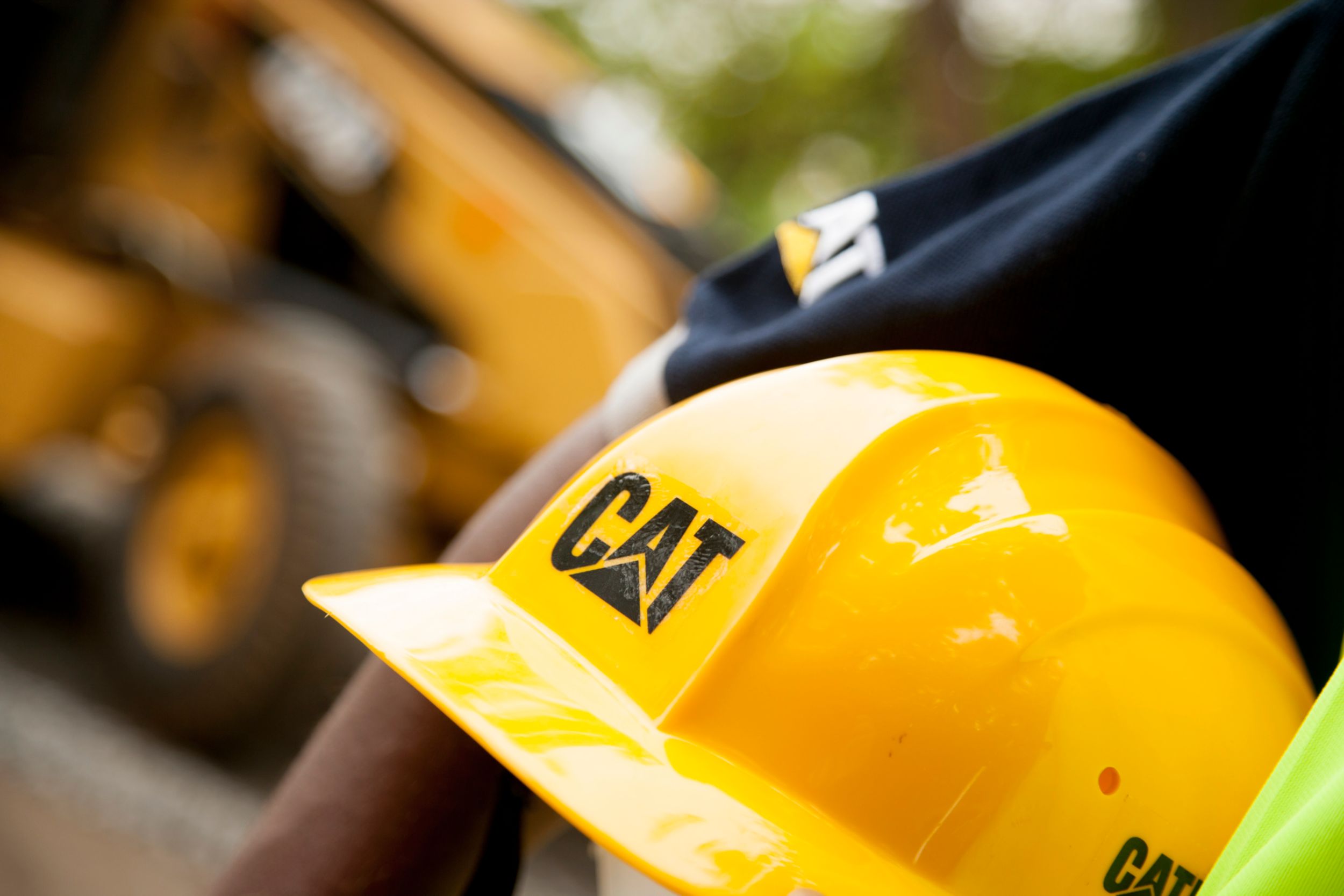Buried Treasure: Lake’s Dangerous Methane Becomes Sustainable Energy Resource
May 10, 2021
What’s colorless, odorless and 21 times more of a global warming threat than carbon dioxide, according to the United Nations Framework Convention on Climate Change? Methane — and scientists have discovered massive quantities of it dissolved at the bottom of Rwanda’s Lake Kivu, at risk of bubbling to the surface and triggering a dangerous gas eruption.
But with the help of MWM, a Caterpillar company, this environmental hazard will be transformed into an eco-friendly treasure, serving as a sustainable energy resource that could supply this East African nation of more than 13 million people with electricity for up to 50 years.
The lake’s hidden dangers
Known as one of Africa’s “Great Lakes,” Lake Kivu sits on the border of Rwanda and the Democratic Republic of the Congo. It’s both large, at 1,040 square miles (2,700 square kilometers), and deep — 1,558 feet (475 meters) at one point. And at the bottom sits an estimated 72 cubic miles (300 cubic kilometers) of carbon dioxide and 14 cubic miles (60 cubic kilometers) of methane.
How did it get there? Two active volcanoes on the lake’s northern border generate the carbon dioxide. Organic matter produced on the lake’s surface makes some of the methane, but most comes from the natural conversion of carbon dioxide into methane.

If the dissolved methane gas rises to the surface uncontrolled, there’s potential for human and environmental devastation. Gas explosions at other lakes have killed thousands of people.
Fuel-flexible engines to the rescue
Seeking to extract the methane from Lake Kivu safely, a public-private partnership between Shema Power Lake Kivu Limited and the Rwandan government is constructing a 76-megawatt power plant near the city of Gisenyi.
That’s where MWM comes into play. The Caterpillar company has delivered 19 gas generator sets for the project — powerful, efficient engines known for their fuel flexibility, meaning they can operate on special gases with unique compositions.
Here’s how it works: The methane gas-water mixture that rests deep down in Lake Kivu is transported to the surface through pipes, cleaned in scrubbing towers to upgrade the gas to enable us to extract more electrical energy, then fed into the MWM TCG 2032B V16 generator sets to produce electricity.
When the power plant goes live in early 2022, it will supply the local region with power — and in time, it’s expected to play a key role in supplying significant amounts of electricity to support Rwanda’s energy needs.
“Our engines are making a significant contribution to the reduction of climate-changing methane gases while at the same time producing clean energy and supporting Rwanda’s economic growth,” says Tim Scott, director of MWM. “This is a great representation of the important sustainability projects we are proud to help make possible.”
For more on Caterpillar’s greenhouse gas emissions reduction efforts, take a look at our Sustainability Report.




